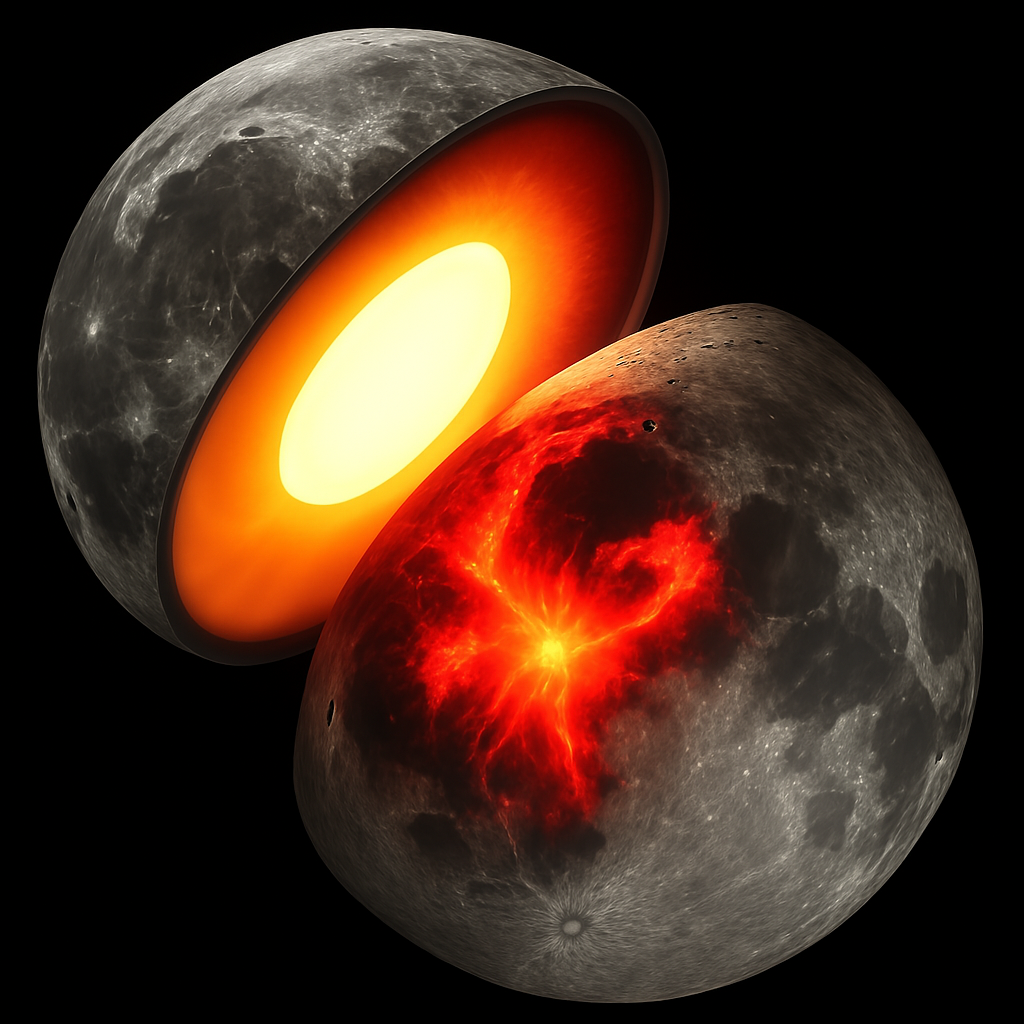2025-05-14 ブラウン大学
<関連情報>
- https://www.brown.edu/news/2025-05-14/craters
- https://agupubs.onlinelibrary.wiley.com/doi/10.1029/2024JE008561
地下レオロジーと噴出物の移動性の関連性: 火星における小型新衝突の場合 The Link Between Subsurface Rheology and Ejecta Mobility: The Case of Small New Impacts on Mars
A. J. Sokolowska, G. S. Collins, I. J. Daubar, M. Jutzi
Journal of Geophysical Research: Planets Published: 13 May 2025
DOI:https://doi.org/10.1029/2024JE008561

Abstract
The dynamics of crater ejecta are sensitive to the material properties of the target, much like the crater size and morphology. We isolate and quantify the effect of target properties on the ejecta mobility (EM) – the maximum radial extent of ejecta scaled by the crater radius. We compile geologically motivated subsurface structures based on data gathered by orbiters and landers. Those structures arise from varying properties of materials in single layers (strength, composition, porosity); the thickness of top regolith cover; and the sequence and thicknesses of 3–4 stacked layers. We realize 2D simulations with the iSALE shock physics code which result in a 50 m diameter crater (an analog of new craters formed in the period of spacecraft observation). We find that varied subsurface rheologies result in EM numbers with a wide range of values between 7 and 19. Some subsurface models can result in a similar EM, and some have distinct EMs, which shows potential for using this quantity as a new diagnostic of target properties. We also show that ejecta dynamics are sensitive not only to the material in the excavation zone but also at much greater depths than commonly assumed (at least 1–2 crater radii). EM also depends on both material properties and layering: the impedance contrast governs the nature of wave propagation, while the layer depth controls the timing of the shock wave reflection. Detailed studies of EM thus have promise for unveiling shallow subsurface rheologies on many Solar System bodies in the future.
Key Points
- Ejecta mobility (EM) is a new diagnostic of subsurface rheology at impact sites
- EM probes the subsurface to depths exceeding the excavation zone
- EM is controlled by the material properties, the impedance contrast between subsurface layers and layer depths
Plain Language Summary
Impact craters, and ejected debris that surround them, adorn the surfaces of almost all planetary bodies in our Solar System. It is well known that the internal shape of a crater can reveal clues about the properties and structure of the subsurface. In this way, crater shape can be a powerful tool for remotely probing the subsurface. However, whether and how the shape or extent of the ejecta blanket depends on subsurface properties is less well known. We explore this idea using numerical simulations of small impacts on Mars that form a crater approximately 50 m in diameter, by varying the composition and layering of the subsurface to match the local geology of places on Mars. We find that the radial extent of the ejecta blanket can differ by more than a factor of two (from 7 to 19 times crater radius) depending on material properties of impacted layers and their configuration. Surprisingly, ejecta extent can depend on the properties of the target much deeper than the material ejected. We show that such differences could be observable from spacecraft. Future studies of ejecta spatial distributions may therefore allow us to better understand the nature of the shallow subsurface on many Solar System bodies.



